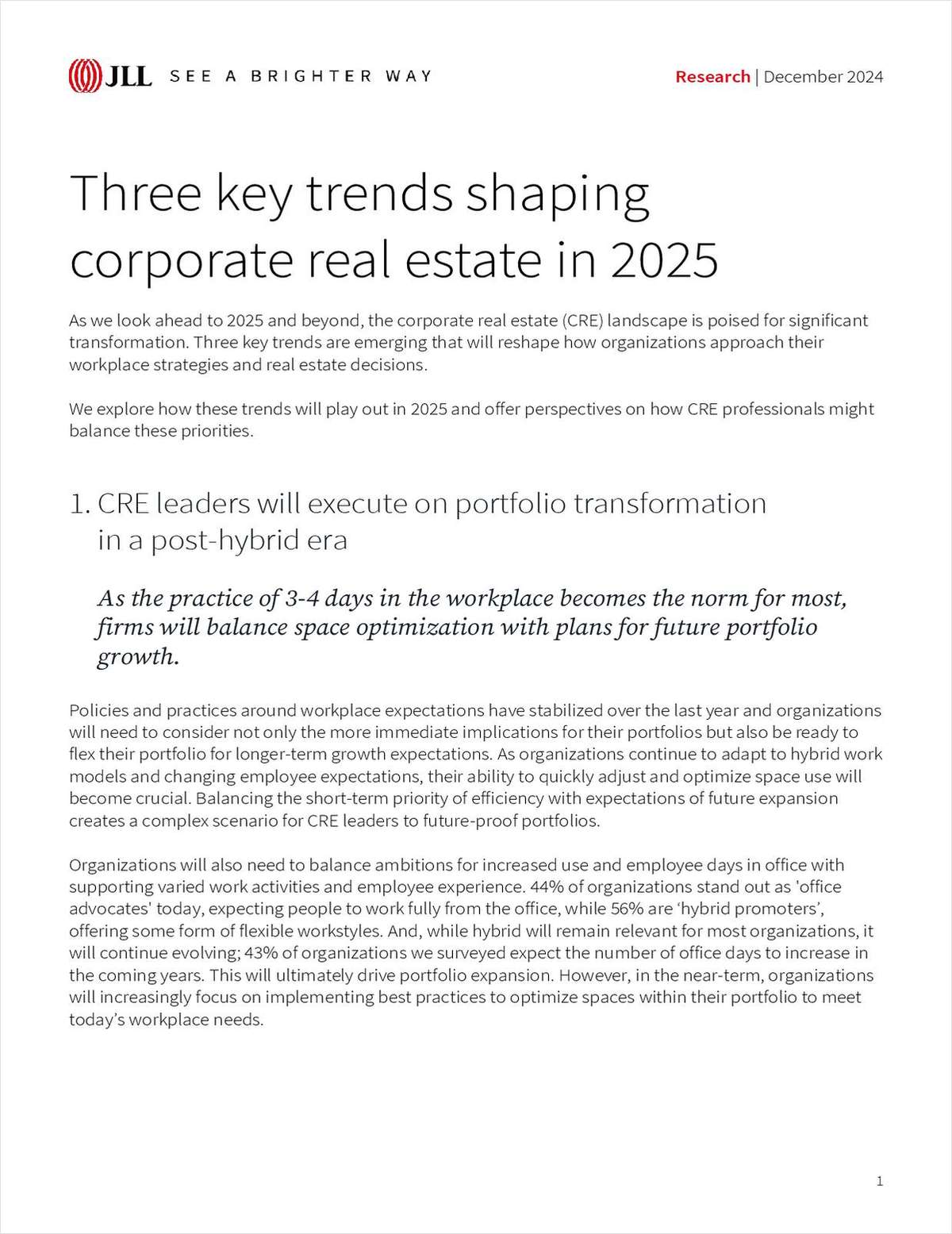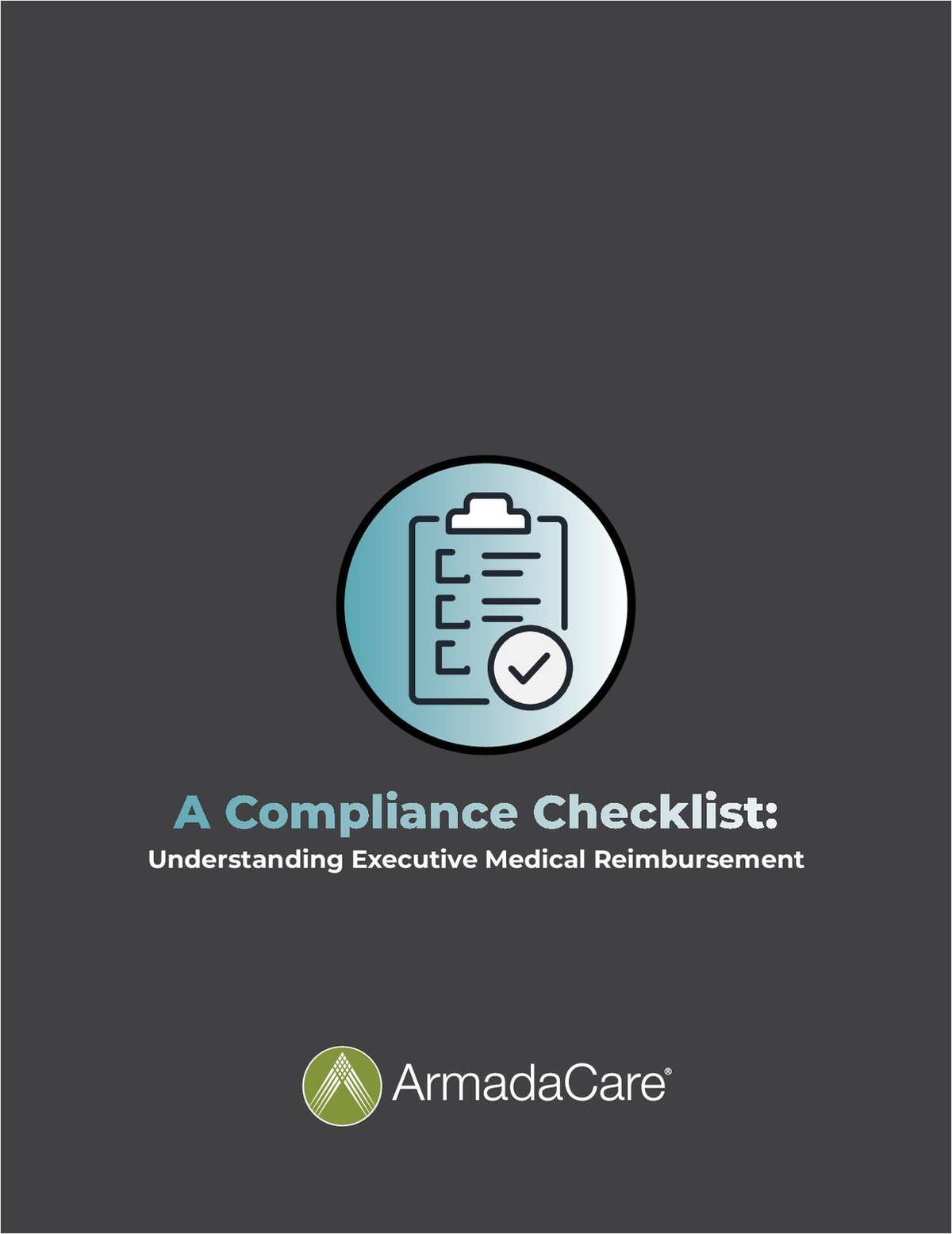Q&A: Attorney Judy Scolnick Confronts Opioid Epidemic
In the wake of New Haven filing a lawsuit against Big Pharma for its alleged role in promoting opioid use, Attorney Judy Scolnick discusses her part in the lawsuit and what went into filing the suit.
November 10, 2017 at 01:17 PM
12 minute read

With Connecticut and the nation's opioid epidemic continuing to kill people by the thousands, resulting lawsuits are also on the rise. Within the past year, at least 25 states, cities and counties have filed civil cases against manufacturers, distributors and pharmacy chains that have played a part in the $13 billion-a-year opioid industry.
One veteran lawyer on the front lines representing large municipalities is Judy Scolnick, a partner at Scott + Scott's New York City office for the past decade. Scolnick is the lead attorney in a lawsuit filed on behalf of New Haven against Stamford-based Purdue, maker of OxyContin. Scolnick was also instrumental in filing a similar lawsuit Oct. 23 in Paterson, New Jersey. The New Haven suit comes nine weeks after Waterbury sued several pharmaceutical companies and physicians for their alleged roles in that city's prescription drug epidemic.
Scolnick said she expects the country to see more lawsuits as users of pain-killing opiates continue to suffer fatal overdoses. Scott + Scott has been talking with residents of Connecticut, New Jersey, Massachusetts, Florida and Pennsylvania about moving forward with similar actions. She discussed the New Haven lawsuit and its merits, along with the research that went into it.
This story has been edited for length and clarity.
Q: What is the most compelling argument in your lawsuit against big pharmaceutical companies and others related to opioid use and opioid-related deaths?
A: The most compelling argument against the defendants is a misrepresentation of the safety of the product of opioid prescriptions for long-term chronic pain.
It was a very cohesive campaign of deception. There are many parts to it that were detailed in our lawsuit, such as the misuse of key opinion leaders and of organizations, that were really fronts for the manufacturers, who were putting forward the myth that opioids were safe for long-term use and with little risk of addiction. Their efforts were also successful in changing medical orthodoxy and making opioids one of the frontline defenses against chronic pain.
There was continuing medical education that was effective at changing the medical paradigm that held opioids were only to be used for very limited purposes. That's basically for cancer pain and end-of life-care. Opioids were to be shunned for long-term chronic pain because of the high risk of addiction.
The most compelling argument against the distributor defendants is their failure to adhere to their statutory obligation to monitor and cut off the spigot of distributors when there were suspicious sales. They just continued the sales time and time again.
Q: Tell us about the research and preparation that went into putting together this lawsuit?
A: There was a lot of research. We talked with and met with experts in the field of epidemiology, as well as doctors and statisticians.
We also read a tremendous number of articles, which link opioid addiction to heroin use. We did a deep dive into the science of addiction and you can see that in our complaint. We looked at the chemical composition of morphine and heroin and the products being sold by the defendants, which were semisynthetic morphine and legal fentanyl.
We also looked at the way prescriptions were sold by the manufacturers and distributed.
Q: Take us behind the scenes with New Haven's political leaders and public health officials. Also, tells us what surprised you the most about the opioid crisis in New Haven?
A: They are really doing heroic work in New Haven with this epidemic. They are addressing it with all the resources they have at hand.
The purpose of this lawsuit is to make sure that the resources the city has spent trying to cope with this epidemic will be replenished by the defendants, who have handsomely profited from it.
In New Haven, we dealt primarily with Corporation Counsel John Rose and his team. John is very astute and he understands the community. He also understands that the epidemic will not immediately stop when the over-prescribing stops.
What we are seeing in New Haven—and across the country—is when prescriptions are harder to get, either because of costs or because of more policing, that does not change the addict's brain. The addicted person remains addicted, and will seek out heroin because they have to.
We need to recognize the epidemic as a public nuisance and look to the defendants to abate it, which will involve the expenditures of money. I am surprised to the extent of which the epidemic has reached into so many areas of the services of city government in New Haven.
Q: What specific proof is there that the country's largest pharmaceutical companies engaged and conspired in a campaign to mislead the public about the dangers of opioids?
A: Medical journals are one source of proof. There have also been prior guilty pleas by Purdue Pharma and there have been a lot of settlements between Insys Therapeutics and government agencies. There has also been consent orders for some of the defendants for upwards of hundreds of millions of dollars for off-label marketing.
There is a lot of proof already in the record. There are years of proof of wrongdoing; I think they will make a motion to dismiss, which they will lose. After that motion and when we get into discovery, it will probably be a dual between experts. But, the manufacturers will definitely have a hard time showing there was any basis for their optimistic use and overuse of opioids
Q: Are these lawsuits making a difference? Do you believe Big Pharma is committed to hunkering down and going through the legal process?
A: What we've seen in response to the other lawsuits is a hunker down mentality with a public relations twist. They are filing motions to dismiss. Now, about that PR twist, Purdue Pharma, for example, always says something like, “We are committed to helping resolve the opioid epidemic.” That is simply not true,
I do think there is a hunker down mentality, but also probably a realization that the litigation risk is large and increasing every day.

With Connecticut and the nation's opioid epidemic continuing to kill people by the thousands, resulting lawsuits are also on the rise. Within the past year, at least 25 states, cities and counties have filed civil cases against manufacturers, distributors and pharmacy chains that have played a part in the $13 billion-a-year opioid industry.
One veteran lawyer on the front lines representing large municipalities is Judy Scolnick, a partner at Scott + Scott's
Scolnick said she expects the country to see more lawsuits as users of pain-killing opiates continue to suffer fatal overdoses. Scott + Scott has been talking with residents of Connecticut, New Jersey,
This story has been edited for length and clarity.
Q: What is the most compelling argument in your lawsuit against big pharmaceutical companies and others related to opioid use and opioid-related deaths?
A: The most compelling argument against the defendants is a misrepresentation of the safety of the product of opioid prescriptions for long-term chronic pain.
It was a very cohesive campaign of deception. There are many parts to it that were detailed in our lawsuit, such as the misuse of key opinion leaders and of organizations, that were really fronts for the manufacturers, who were putting forward the myth that opioids were safe for long-term use and with little risk of addiction. Their efforts were also successful in changing medical orthodoxy and making opioids one of the frontline defenses against chronic pain.
There was continuing medical education that was effective at changing the medical paradigm that held opioids were only to be used for very limited purposes. That's basically for cancer pain and end-of life-care. Opioids were to be shunned for long-term chronic pain because of the high risk of addiction.
The most compelling argument against the distributor defendants is their failure to adhere to their statutory obligation to monitor and cut off the spigot of distributors when there were suspicious sales. They just continued the sales time and time again.
Q: Tell us about the research and preparation that went into putting together this lawsuit?
A: There was a lot of research. We talked with and met with experts in the field of epidemiology, as well as doctors and statisticians.
We also read a tremendous number of articles, which link opioid addiction to heroin use. We did a deep dive into the science of addiction and you can see that in our complaint. We looked at the chemical composition of morphine and heroin and the products being sold by the defendants, which were semisynthetic morphine and legal fentanyl.
We also looked at the way prescriptions were sold by the manufacturers and distributed.
Q: Take us behind the scenes with New Haven's political leaders and public health officials. Also, tells us what surprised you the most about the opioid crisis in New Haven?
A: They are really doing heroic work in New Haven with this epidemic. They are addressing it with all the resources they have at hand.
The purpose of this lawsuit is to make sure that the resources the city has spent trying to cope with this epidemic will be replenished by the defendants, who have handsomely profited from it.
In New Haven, we dealt primarily with Corporation Counsel John Rose and his team. John is very astute and he understands the community. He also understands that the epidemic will not immediately stop when the over-prescribing stops.
What we are seeing in New Haven—and across the country—is when prescriptions are harder to get, either because of costs or because of more policing, that does not change the addict's brain. The addicted person remains addicted, and will seek out heroin because they have to.
We need to recognize the epidemic as a public nuisance and look to the defendants to abate it, which will involve the expenditures of money. I am surprised to the extent of which the epidemic has reached into so many areas of the services of city government in New Haven.
Q: What specific proof is there that the country's largest pharmaceutical companies engaged and conspired in a campaign to mislead the public about the dangers of opioids?
A: Medical journals are one source of proof. There have also been prior guilty pleas by Purdue Pharma and there have been a lot of settlements between Insys Therapeutics and government agencies. There has also been consent orders for some of the defendants for upwards of hundreds of millions of dollars for off-label marketing.
There is a lot of proof already in the record. There are years of proof of wrongdoing; I think they will make a motion to dismiss, which they will lose. After that motion and when we get into discovery, it will probably be a dual between experts. But, the manufacturers will definitely have a hard time showing there was any basis for their optimistic use and overuse of opioids
Q: Are these lawsuits making a difference? Do you believe Big Pharma is committed to hunkering down and going through the legal process?
A: What we've seen in response to the other lawsuits is a hunker down mentality with a public relations twist. They are filing motions to dismiss. Now, about that PR twist, Purdue Pharma, for example, always says something like, “We are committed to helping resolve the opioid epidemic.” That is simply not true,
I do think there is a hunker down mentality, but also probably a realization that the litigation risk is large and increasing every day.
This content has been archived. It is available through our partners, LexisNexis® and Bloomberg Law.
To view this content, please continue to their sites.
Not a Lexis Subscriber?
Subscribe Now
Not a Bloomberg Law Subscriber?
Subscribe Now
NOT FOR REPRINT
© 2025 ALM Global, LLC, All Rights Reserved. Request academic re-use from www.copyright.com. All other uses, submit a request to [email protected]. For more information visit Asset & Logo Licensing.
You Might Like
View All
How I Made Partner: 'Work With as Many People as Possible,' Says Kyle Dorso of Brown Rudnick

A Conversation with NLJ Lifetime Achievement Award Winner Jeh Johnson


Trending Stories
- 1Munger, Gibson Dunn Billed $63 Million to Snap in 2024
- 2January Petitions Press High Court on Guns, Birth Certificate Sex Classifications
- 3'A Waste of Your Time': Practice Tips From Judges in the Oakland Federal Courthouse
- 4Judge Extends Tom Girardi's Time in Prison Medical Facility to Feb. 20
- 5Supreme Court Denies Trump's Request to Pause Pending Environmental Cases
Who Got The Work
J. Brugh Lower of Gibbons has entered an appearance for industrial equipment supplier Devco Corporation in a pending trademark infringement lawsuit. The suit, accusing the defendant of selling knock-off Graco products, was filed Dec. 18 in New Jersey District Court by Rivkin Radler on behalf of Graco Inc. and Graco Minnesota. The case, assigned to U.S. District Judge Zahid N. Quraishi, is 3:24-cv-11294, Graco Inc. et al v. Devco Corporation.
Who Got The Work
Rebecca Maller-Stein and Kent A. Yalowitz of Arnold & Porter Kaye Scholer have entered their appearances for Hanaco Venture Capital and its executives, Lior Prosor and David Frankel, in a pending securities lawsuit. The action, filed on Dec. 24 in New York Southern District Court by Zell, Aron & Co. on behalf of Goldeneye Advisors, accuses the defendants of negligently and fraudulently managing the plaintiff's $1 million investment. The case, assigned to U.S. District Judge Vernon S. Broderick, is 1:24-cv-09918, Goldeneye Advisors, LLC v. Hanaco Venture Capital, Ltd. et al.
Who Got The Work
Attorneys from A&O Shearman has stepped in as defense counsel for Toronto-Dominion Bank and other defendants in a pending securities class action. The suit, filed Dec. 11 in New York Southern District Court by Bleichmar Fonti & Auld, accuses the defendants of concealing the bank's 'pervasive' deficiencies in regards to its compliance with the Bank Secrecy Act and the quality of its anti-money laundering controls. The case, assigned to U.S. District Judge Arun Subramanian, is 1:24-cv-09445, Gonzalez v. The Toronto-Dominion Bank et al.
Who Got The Work
Crown Castle International, a Pennsylvania company providing shared communications infrastructure, has turned to Luke D. Wolf of Gordon Rees Scully Mansukhani to fend off a pending breach-of-contract lawsuit. The court action, filed Nov. 25 in Michigan Eastern District Court by Hooper Hathaway PC on behalf of The Town Residences LLC, accuses Crown Castle of failing to transfer approximately $30,000 in utility payments from T-Mobile in breach of a roof-top lease and assignment agreement. The case, assigned to U.S. District Judge Susan K. Declercq, is 2:24-cv-13131, The Town Residences LLC v. T-Mobile US, Inc. et al.
Who Got The Work
Wilfred P. Coronato and Daniel M. Schwartz of McCarter & English have stepped in as defense counsel to Electrolux Home Products Inc. in a pending product liability lawsuit. The court action, filed Nov. 26 in New York Eastern District Court by Poulos Lopiccolo PC and Nagel Rice LLP on behalf of David Stern, alleges that the defendant's refrigerators’ drawers and shelving repeatedly break and fall apart within months after purchase. The case, assigned to U.S. District Judge Joan M. Azrack, is 2:24-cv-08204, Stern v. Electrolux Home Products, Inc.
Featured Firms
Law Offices of Gary Martin Hays & Associates, P.C.
(470) 294-1674
Law Offices of Mark E. Salomone
(857) 444-6468
Smith & Hassler
(713) 739-1250










